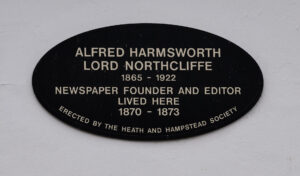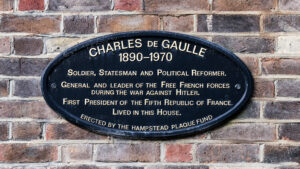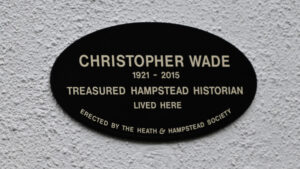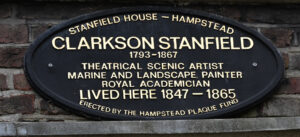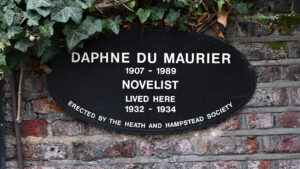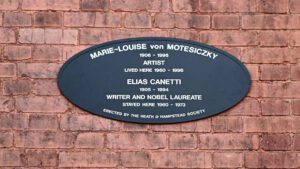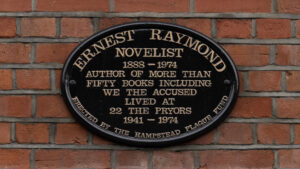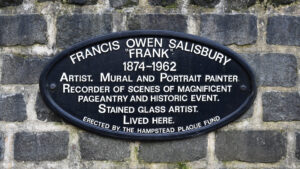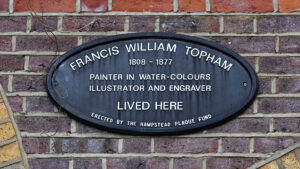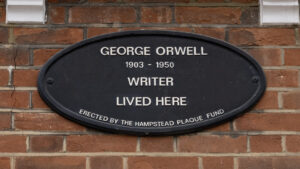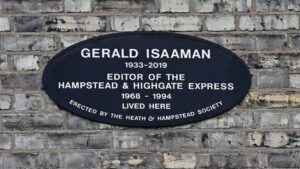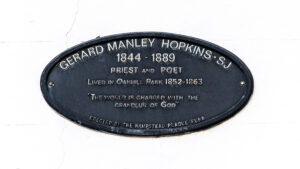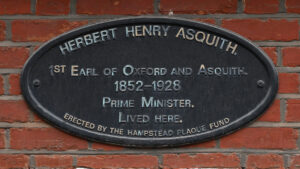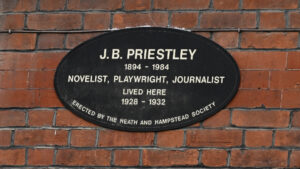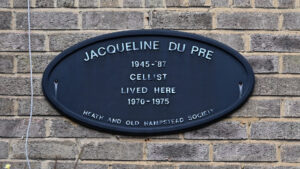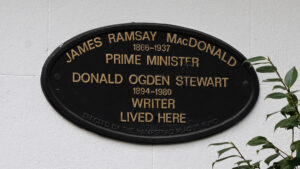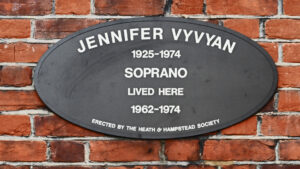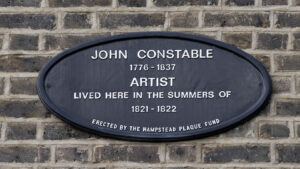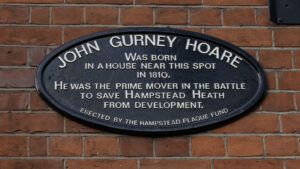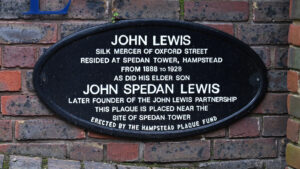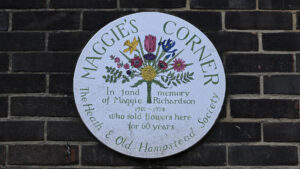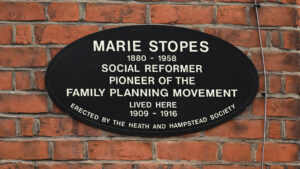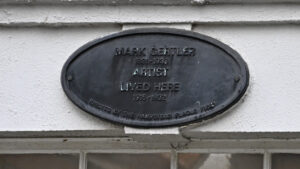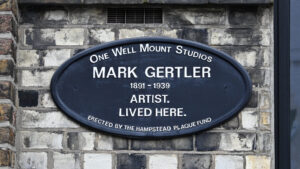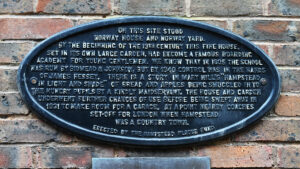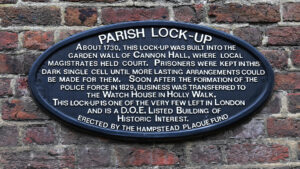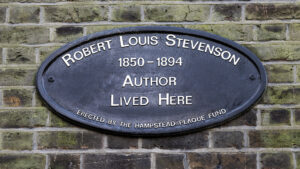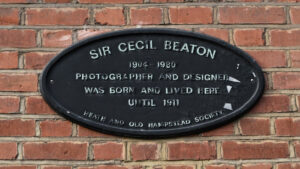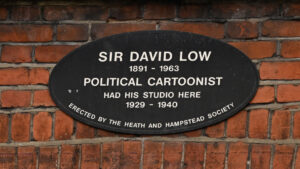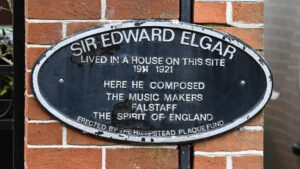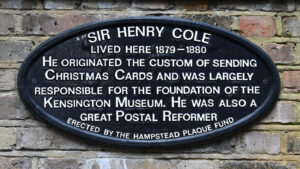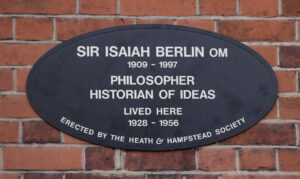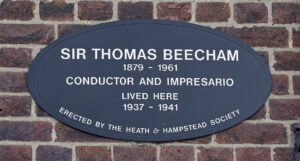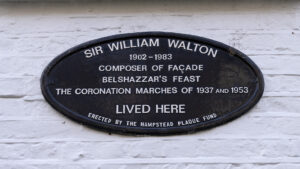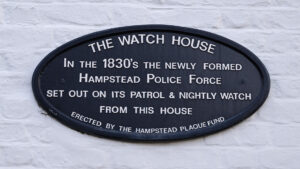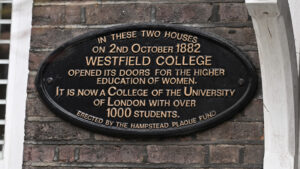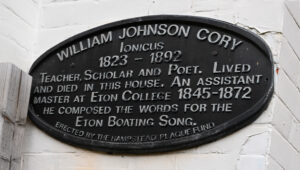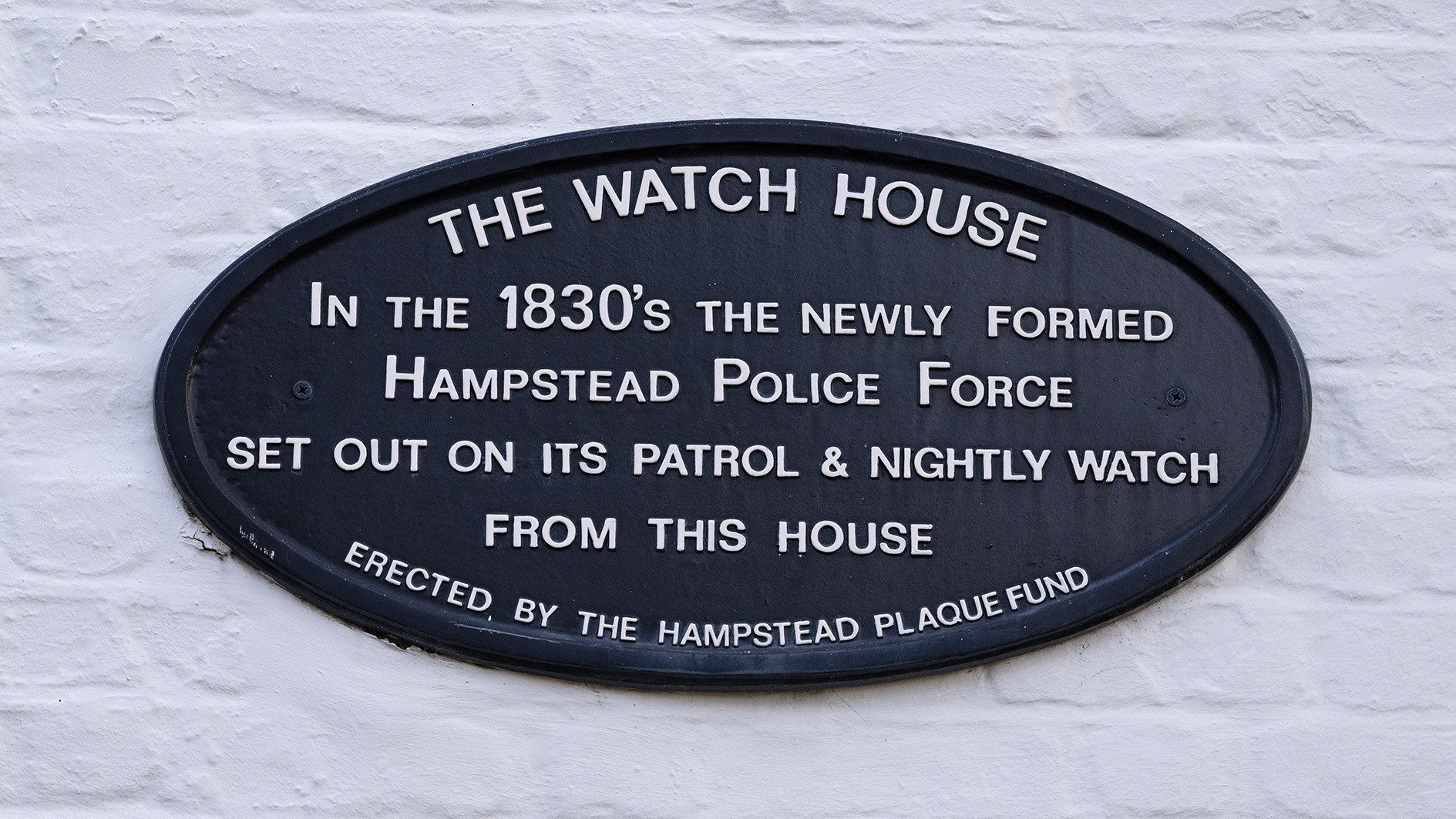
On June 19 1829 1829 the Metropolitan Police act was given Royal assent. This placed policing arrangements for the Capital under the control of Sir Robert Peel. Sir Robert organized the force on civilian lines rather than paramilitary. It became the third official non paramilitary police force in the world alongside the City of Glasgow Police and the Paris Police. A blue uniform was chosen rather than red (which was considered a military colour) to reflect the neutral status of the force. Until 1864 the officers wore to hats to maintain a civilian appearance. They were armed solely with a wooden truncheon and a rattle to attract assistance if required. Applicants had to be under the age of 35, in good health and be at least five foot seven inches in height.
Metropolitan Police patrols first took to the streets on 29 September 1829. Some members of the community regarded them as a threat to civil liberties. The original force consisted of 2 Commissioners, 8 Superintendents, 20 Inspectors, 88 Sergeants and 895 Constables, patrolling the streets within a seven-mile radius of Charing Cross. Between 1829 and 1830 17 local divisions, each with a central police station were established with each division assigned a letter. Hampstead was division S, and from 1830 officers from the police station in the Watch House at 11 Holly Walk patrolled its streets maintaining public order and combatting crime. After this time prisoners were confined in the Watch House rather than the single cell Parish Lock Up, which was built into the garden wall of 14 Cannon Place.
VIEW ON MAIN INTERACTIVE MAP
1
